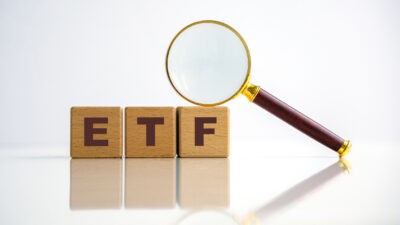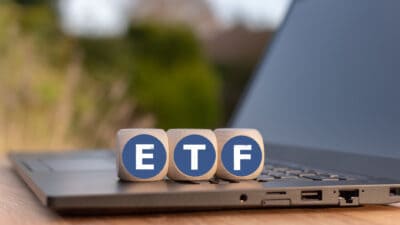Thinking of buying the Vanguard Australian Shares Index ETF (ASX: VAS)? You're probably not alone. VAS is the most popular exchange-traded fund (ETF), and index fund, on our ASX stock market. And by quite a mile too.
But although this ETF looks relatively simple, with just one ticker code, the reality is that it is a rather complex investment.
So if you're thinking of buying VAS units today or in the future, it's probably a good idea to know exactly where your money is going.
The ASX's most popular index fund
As we touched on earlier, the Vanguard Australian Shares ETF is an index fund. This means that it represents an investment in an entire index, rather than a single ASX company.
In this particular case, the Vanguard Australian Shares ETF mirrors the S&P/ASX 300 Index (ASX: XKO). The ASX 300 is an index that tracks the fortunes of the 300 largest companies listed on the Australian stock market.
However, it doesn't give equal representation to those 300 shares. Like most indexes, the ASX 300 is weighted by market capitalisation (size). This means that the largest shares have more influence in the index (and therefore the index fund) than the smaller ones.
What does VAS' ASX portfolio look like?
To illustrate, let's look at the five largest ASX 300 shares in VAS's portfolio right now, along with their portfolio weightings (as of 31 December):
- BHP Group Ltd (ASX: BHP) with a VAS portfolio weighting of 11.01%
- Commonwealth Bank of Australia (ASX: CBA) with a weighting of 8.07%
- CSL Ltd (ASX: CSL) with a weighting of 5.96%
- National Australia Bank Ltd (ASX: NAB) with a weighting of 4.14%
- Westpac Banking Corp (ASX: WBC) with a weighting of 3.46%
- ANZ Group Holdings Ltd (ASX: ANZ) with a weighting of 3.36%
- Macquarie Group Ltd (ASX: MQG) with a weighting of 2.84%
- Wesfarmers Ltd (ASX: WES) with a weighting of 2.79%
- Woodside Energy Group Ltd (ASX: WDS) with a weighting of 2.54%
- Rio Tinto Limited (ASX: RIO) with a weighting of 2.17%
In very simple terms, this means that for every $100 you invest into VAS's ASX units, $11.01 will be allocated to BHP shares. A further $8.07 will go towards an investment in CBA, and so on.
But a company like Kogan.com Ltd (ASX: KGN), which is up the back end of the ASX 300, and thus, VAS' ASX portfolio, only commands a weighting of 0.019%. That means that of your $100, only 1.9 cents will find its way into Kogan shares.
As you can see, putting money into the Vanguard Australian Shares ETF will see your money spread out over a huge number of different investments. So hopefully you now have a better understanding of how an index fund like VAS works on the ASX if you're thinking about buying into this popular ASX ETF.







